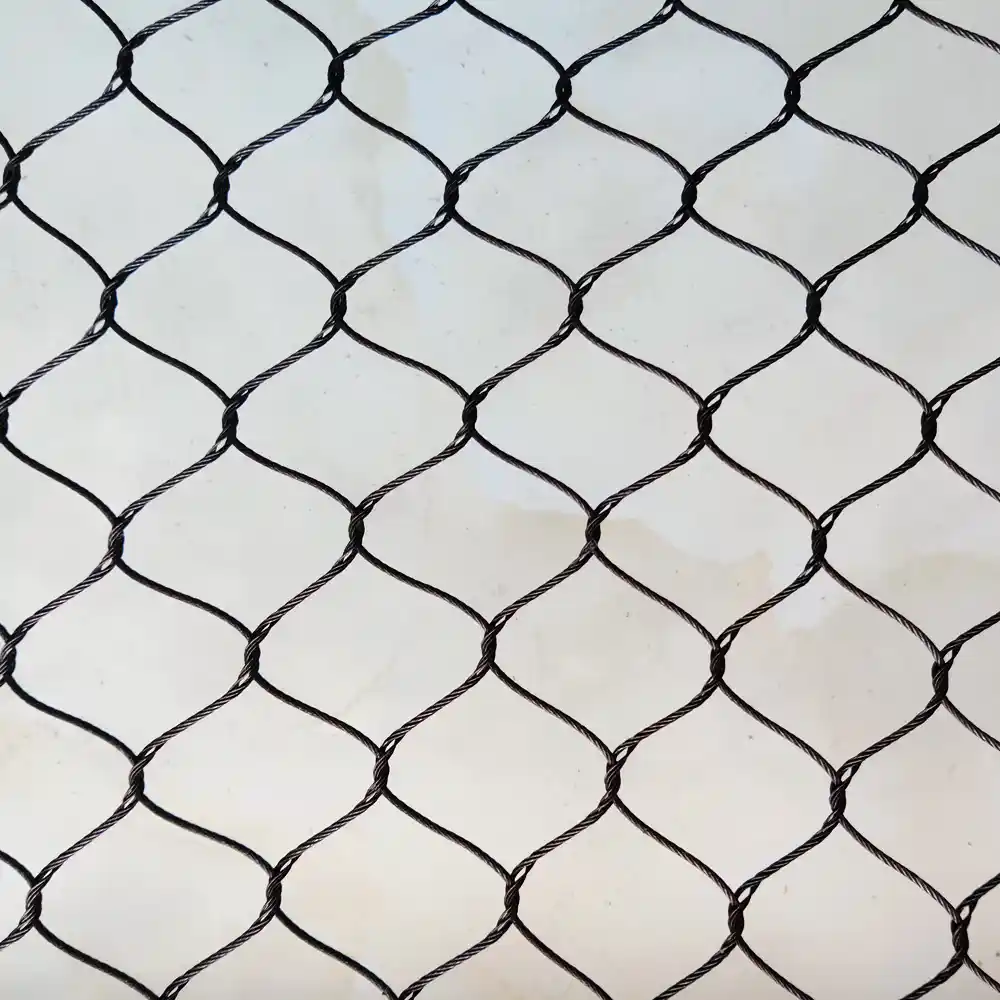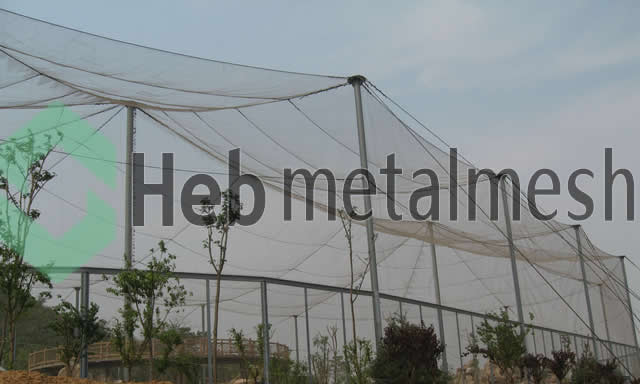Choosing the right bird netting for your enclosure is crucial. It ensures the safety and comfort of your birds while also preventing escapes and deterring pests.
Different materials, mesh sizes, and durability factors all play a role in your decision. It’s about balancing the needs of your birds with the practicalities of installation and maintenance.
In this guide, we’ll walk you through the process of selecting the best netting for your bird enclosure. Whether you’re a bird owner, aviary manager, or zookeeper, you’ll find valuable insights here.
Understanding the Importance of Proper Bird Netting
The right bird netting does more than just contain your birds. It plays a vital role in their overall well-being.
Quality netting provides a safe environment, preventing escapes and protecting your birds from predators. It also helps to control the spread of diseases among bird populations.
Moreover, proper netting contributes to bird conservation efforts, creating a secure habitat for endangered species.
Types of Netting Materials
When choosing bird netting, the material is a key factor. Different materials offer varying levels of durability, flexibility, and safety for birds.
Common materials include polyethylene, nylon, and stainless steel. Each has its own set of pros and cons.
- Polyethylene is lightweight and UV resistant.
- Nylon is strong and flexible.
- Stainless steel is extremely durable and weather resistant.
Polyethylene Netting
Polyethylene netting is a popular choice for bird enclosures. It’s lightweight, making it easy to install.
Moreover, it’s UV resistant. This means it can withstand harsh sunlight without deteriorating quickly.
Nylon Netting
Nylon netting is another excellent option. It’s known for its strength and flexibility.
This makes it ideal for enclosures that require a bit of give, such as aviaries with flying birds.
Stainless Steel Netting
For those seeking extreme durability, stainless steel netting is the way to go. It’s resistant to weather and can last for years.
However, it’s heavier than other options. This may make installation more challenging.
Selecting the Right Mesh Size
Mesh size is another crucial aspect to consider. It determines which birds can be safely housed.
A smaller mesh size prevents smaller birds from escaping. It also deters smaller pests from entering the enclosure.
However, larger birds require larger mesh sizes. This allows them to move freely without getting tangled.
Durability and Weather Resistance
The durability of bird netting is vital. It should withstand the elements and the activities of the birds.
Weather resistance is also key. Netting should be UV resistant and able to withstand various weather conditions.
Choosing durable, weather-resistant netting ensures the longevity of the enclosure and the safety of the birds.
Installation and Maintenance Tips
Proper installation of bird netting is crucial. It ensures the netting serves its purpose effectively.
Maintenance is equally important. Regular checks for wear and tear help extend the netting’s lifespan.
Here are some tips:
- Measure the area accurately before installation.
- Secure the netting firmly to prevent gaps.
- Regularly inspect for damage and repair promptly.
- Clean the netting periodically to prevent disease spread.
Ethical and Legal Considerations
Ethical considerations are paramount when installing bird netting. Always ensure the netting is safe and comfortable for the birds.
Legal regulations may also apply. Check local laws regarding bird enclosures and netting before installation.
Cost and Budgeting for Bird Netting
The cost of bird netting varies based on material, size, and quality. It’s crucial to budget for both the initial purchase and ongoing maintenance.
Remember, investing in high-quality netting can save money in the long run by reducing the need for frequent replacements.
Conclusion: Balancing Needs and Options
Choosing the right bird netting involves balancing various needs and options. It’s about finding a solution that ensures bird safety, meets legal requirements, and fits within your budget.
Remember, the goal is to create a comfortable and secure environment for the birds. With careful consideration and planning, you can achieve this while also considering aesthetics and durability.


